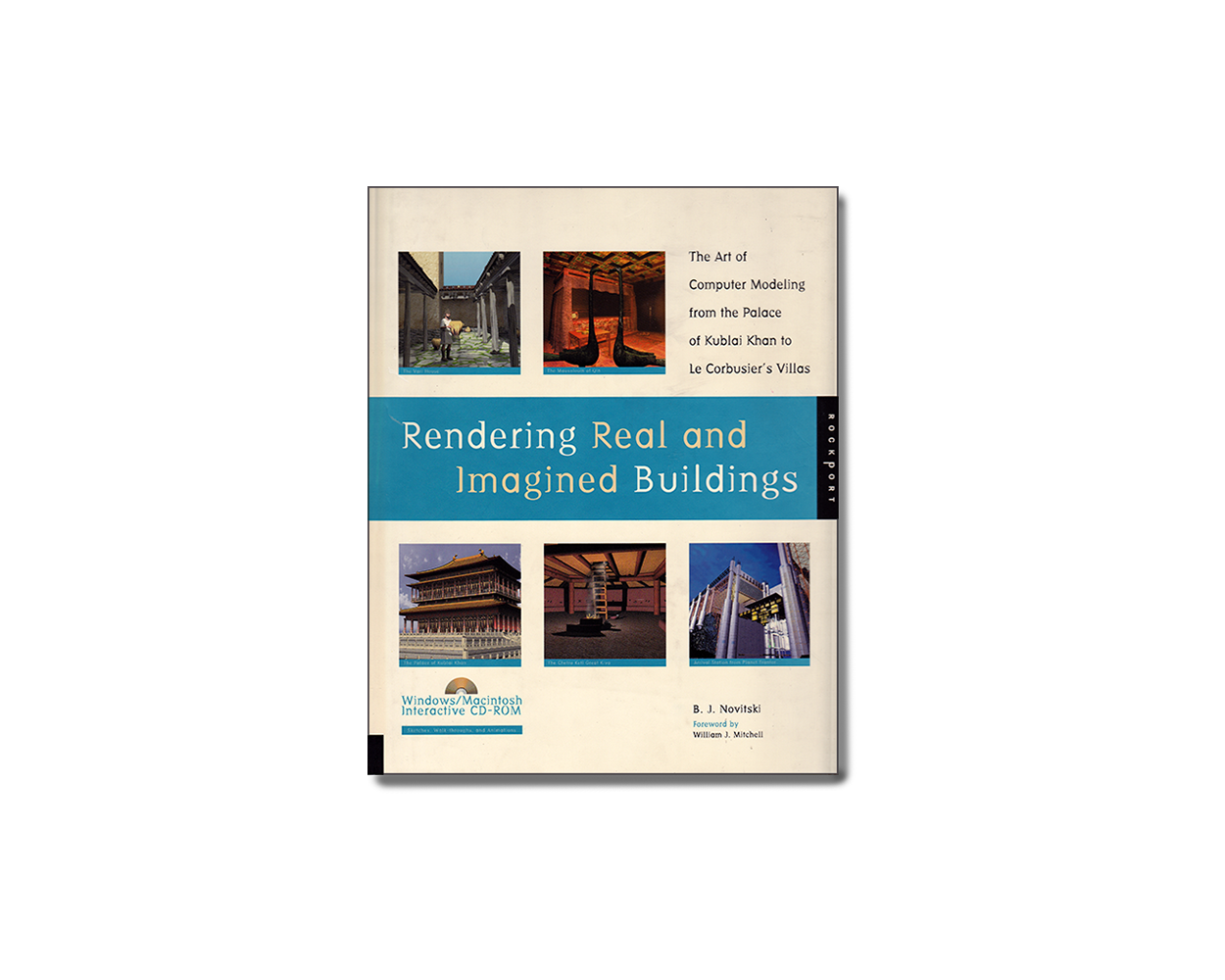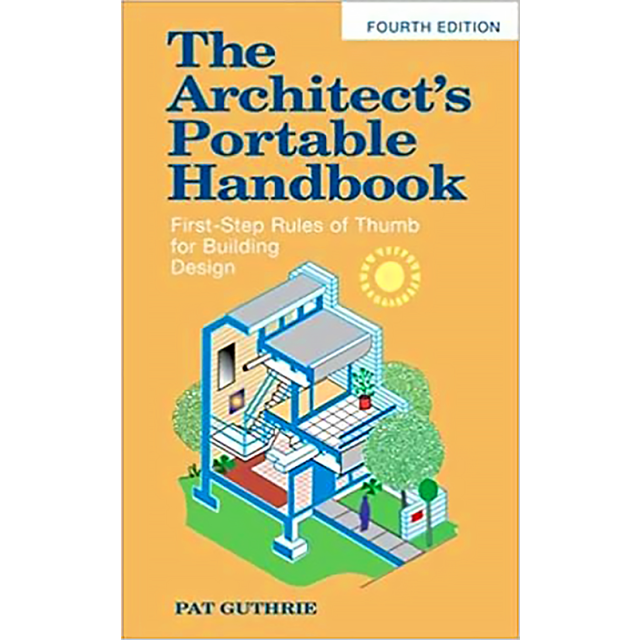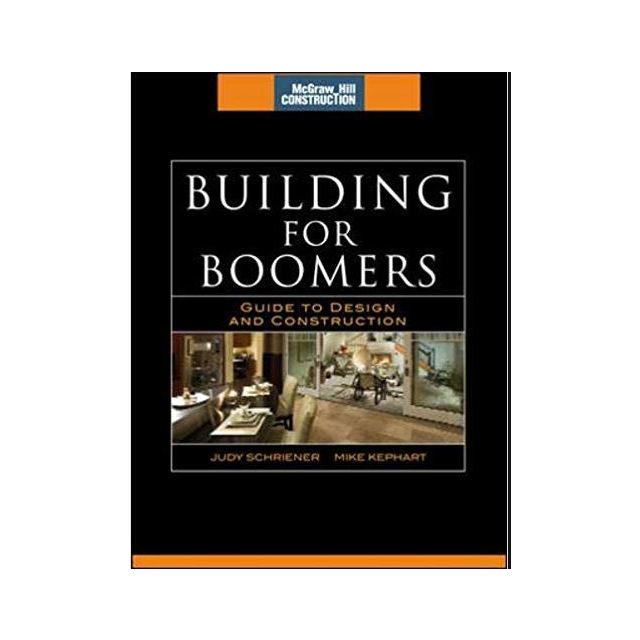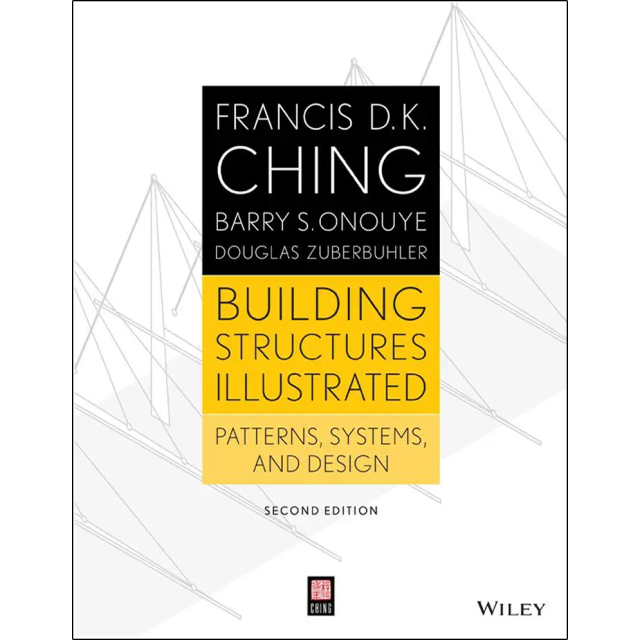Rendering Real and Imagined Buildings - The Art of Computer Modeling Book with CD by B. J. Novitski
Now it is possible to experience unbuilt projects by Italy's Antonio Sant'Elia, Russia's Iakov Chernikov, and France's Le Corbusier. Or to walk through destroyed buildings -- like Frank Lloyd Wright's Larkin Building and the Anasazi Indians' Chetro Ketl Great Kiva in New Mexico.
It even allows us to experience what will never really exist: architecture students are stretching technology and imaginations to show us what Norse mythology's Valhalla might look like or Isaac Asimov's Planet Trantor. All of these examples provide a rich, visual "history" for the professional and student as well as for any reader interested in architecture, archaeology, or high-tech computer graphics capabilities.
Publisher: Rockport Publishers, 1998
| Price | $19.95 |
|---|---|
| Customer Service | Customer ServiceWe're Here To Help Call us anytime during our customer service hours... Monday through Friday - 8:30 am to 4:30 pm (Pacific) Order Questions: TOLL FREE, 800-273-7375 (Outside the U.S. call 818-887-7828). Our Address: 8001 Canoga Avenue Canoga Park, CA 91304 US Phone: 800-275-2665 E-mail: sales@buildersbook.com
|
| Description | Digitally recreated buildings come alive in color and elaborate detail in this book. Technology and innovation allow us to "walk" through what had been lost to history or only available in black-and-white photographs or sketches. From archeological ruins and the unbuilt designs of famous architects to buildings of the modern imagination, each of these fascinating projects affords readers the chance to see what was and what might have been in the world of architecture. Now it is possible to experience unbuilt projects by Italy's Antonio Sant'Elia, Russia's Iakov Chernikov, and France's Le Corbusier. Or to walk through destroyed buildings -- like Frank Lloyd Wright's Larkin Building and the Anasazi Indians' Chetro Ketl Great Kiva in New Mexico. It even allows us to experience what will never really exist: architecture students are stretching technology and imaginations to show us what Norse mythology's Valhalla might look like or Isaac Asimov's Planet Trantor. All of these examples provide a rich, visual "history" for the professional and student as well as for any reader interested in architecture, archaeology, or high-tech computer graphics capabilities. Publisher: Rockport Publishers, 1998 |





